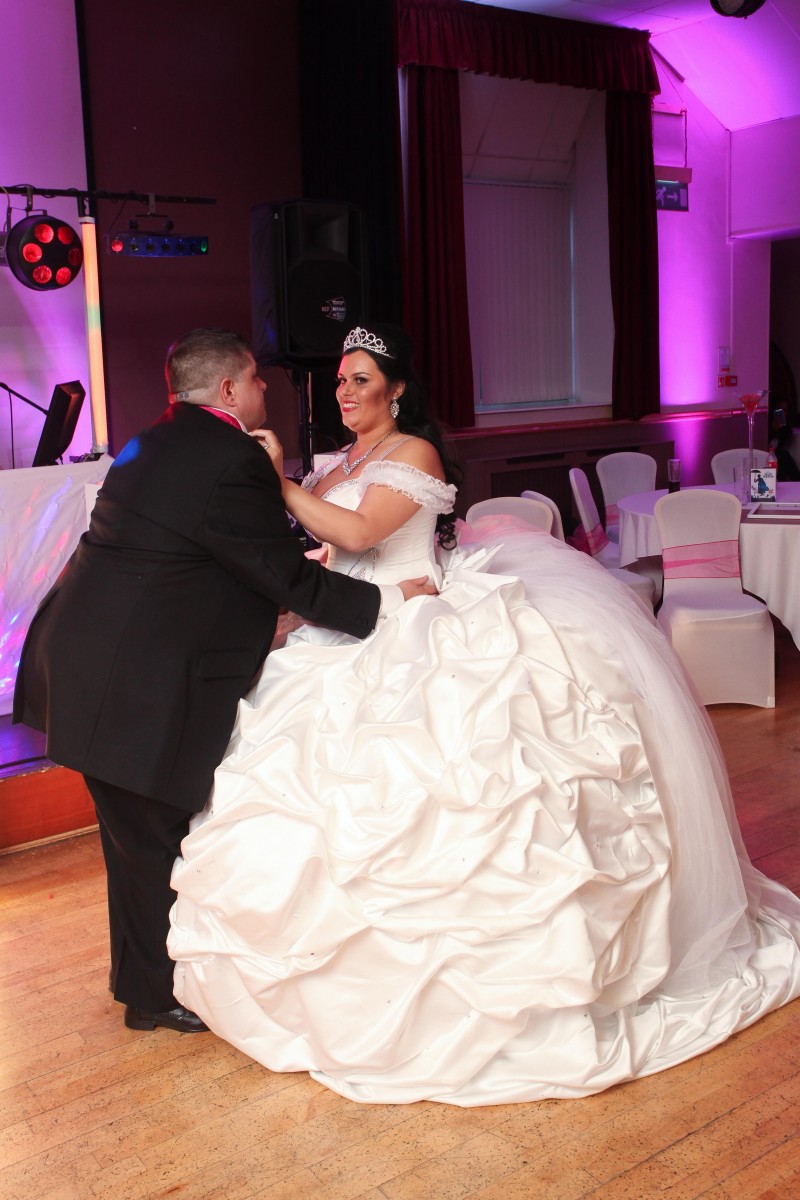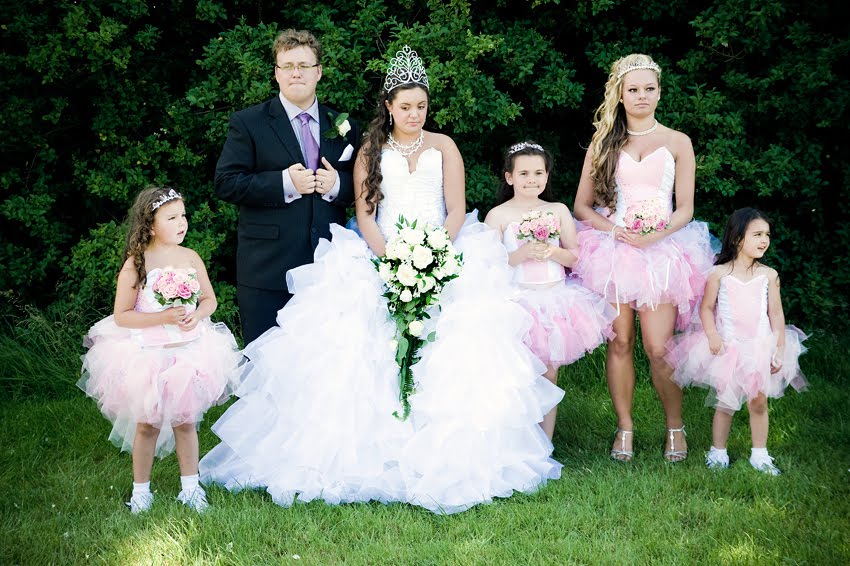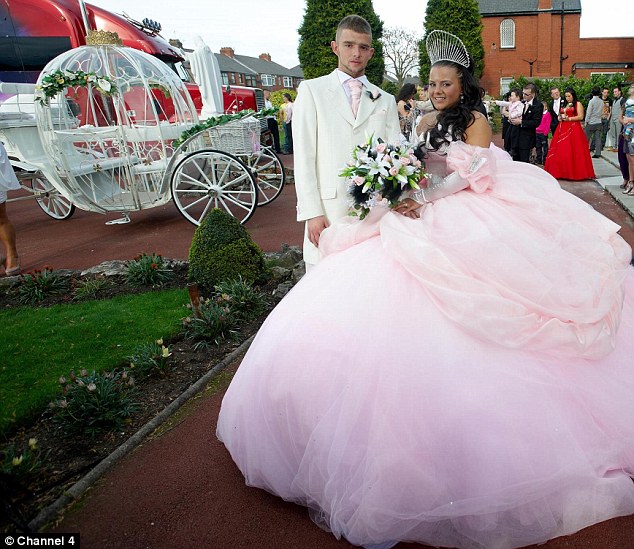Pre-Wedding Festivities

- Engagement Ceremony: The engagement is announced, and the couple exchanges rings.
- Mehndi Ceremony: The bride’s hands and feet are painted with intricate henna designs.
- Sangeet Ceremony: A musical gathering where the bride and groom’s families perform traditional songs and dances.
Wedding Ceremony

- Mandap Ceremony: The couple gets married under a decorated canopy. A priest chants mantras and performs sacred rituals.
- Seven Steps Ritual (Saptapadi): The bride and groom take seven steps around a sacred fire, vowing to remain together.
- Sindoor Ritual: The groom applies vermilion (sindoor) to the bride’s forehead, symbolizing marriage.
- Mangalsutra Ritual: The groom ties a sacred necklace (mangalsutra) around the bride’s neck, representing his promise to protect and cherish her.
Post-Wedding Festivities

- Reception: A grand celebration with music, dancing, and feasting.
- Vidai Ceremony: The bride leaves her parents’ home for her new life with her husband.
- Grah Pravesh Ceremony: The bride enters her husband’s home and is welcomed with an auspicious ceremony.
- Honeymoon: The couple embarks on a trip to celebrate their newfound union.
Cultural Significance
Gypsy weddings are a vibrant blend of tradition, music, and dance. They are a celebration of love, family, and the continuity of the Gypsy culture. Key cultural elements include:
- Elaborate Attire: The bride and groom wear colorful and intricately embroidered costumes.
- Rich Symbolism: The rituals and decorations symbolize traditional Gypsy beliefs and values.
- Live Music and Dance: Traditional Gypsy music and dance play a central role in the festivities.
- Community Involvement: Gypsy weddings are a social event where the entire community gathers to celebrate.
- Celebration of Heritage: Gypsy weddings honor the unique cultural heritage and traditions of the Gypsy people.### [Gypsy Wedding]
Executive Summary
A Gypsy wedding is a traditional ceremony that celebrates the union of two people from the Romani community. These weddings are often elaborate and colourful affairs, with guests donning traditional clothing and enjoying a feast of traditional dishes. The ceremony itself is usually conducted by a priest or other religious figure, and includes the exchange of vows and the giving of gifts. After the ceremony, the guests dance and sing to celebrate the union of the new couple.
Introduction
Gypsy weddings are a unique and vibrant tradition that has been passed down through generations. These weddings are a celebration of love, family, and community, and are a beautiful way to experience the rich culture of the Romani people.
FAQ
Q: What is the difference between a Gypsy wedding and a traditional wedding?
A: Gypsy weddings are typically more elaborate and colourful than traditional weddings, with guests donning traditional clothing and enjoying a feast of traditional dishes. The ceremony itself is also usually more informal, and includes the exchange of vows and the giving of gifts.
Q: What is the significance of the traditional Gypsy wedding dress?
A: The traditional Gypsy wedding dress is a symbol of purity and virginity. It is usually a long, flowing gown with a full skirt and a bodice that is decorated with intricate embroidery. The dress is often made of silk or satin, and is often adorned with beads and other embellishments.
Q: What is the role of the priest or other religious figure in a Gypsy wedding?
A: The priest or other religious figure conducts the ceremony and blesses the couple. They also lead the guests in prayer and song, and help to create a sacred atmosphere for the wedding.
Top 5 Subtopics
The Ceremony
The Gypsy wedding ceremony is a sacred and solemn event that is steeped in tradition. The ceremony is typically conducted by a priest or other religious figure, and includes the exchange of vows and the giving of gifts.
- The Betrothal: The betrothal is the first step in the Gypsy wedding ceremony. The couple exchange rings and vows, and the priest or other religious figure blesses them.
- The Vow Exchange: The vow exchange is the most important part of the Gypsy wedding ceremony. The couple exchange vows of love, faithfulness, and commitment, and the priest or other religious figure blesses them.
- The Giving of Gifts: The giving of gifts is a significant part of the Gypsy wedding ceremony. The couple exchange gifts as a symbol of their love and commitment, and the guests also give gifts to the couple.
The Reception
The Gypsy wedding reception is a lively and festive event that is filled with music, dancing, and food. The guests enjoy a feast of traditional dishes, and the couple dances their first dance as a married couple.
- The Feast: The feast is a significant part of the Gypsy wedding reception. The guests enjoy a feast of traditional dishes, such as roast lamb, chicken, and rice.
- The Music and Dancing: The music and dancing are an important part of the Gypsy wedding reception. The guests dance to traditional Gypsy music, and the couple dances their first dance as a married couple.
- The Gifts: The guests give gifts to the couple as a symbol of their love and support. The gifts are usually practical items, such as money, appliances, or furniture.
The Honeymoon
The Gypsy wedding honeymoon is a time for the couple to relax and spend time together as newlyweds. The couple may travel to a romantic destination or simply spend time at home.
- The Destination: The couple may travel to a romantic destination, such as Paris, Venice, or the Caribbean.
- The Activities: The couple may spend their honeymoon relaxing on the beach, exploring a new city, or simply spending time at home.
- The Memories: The Gypsy wedding honeymoon is a time for the couple to create memories that will last a lifetime.
The Marriage
The Gypsy marriage is a lifelong commitment that is based on love, respect, and mutual support. The couple works together to build a life together, and they support each other through good times and bad.
- The Commitment: The Gypsy marriage is a lifelong commitment that is based on love, respect, and mutual support.
- The Partnership: The couple works together to build a life together, and they support each other through good times and bad.
- The Family: The Gypsy family is a close-knit unit that is based on love and support. The couple and their children are the most important part of the family, and they support each other unconditionally.
The Community
The Gypsy community is a close-knit group of people who share a common culture and history. The community provides support and assistance to its members, and it helps to preserve the Gypsy way of life.
- The Culture: The Gypsy community has a rich culture that is based on tradition and family. The community’s culture is expressed through its music, dance, and art.
- The History: The Gypsy community has a long and rich history thatdates back centuries. The community has faced many challenges over the years, but it has remained strong and resilient.
- The Support: The Gypsy community provides support and assistance to its members. The community helps its members to find housing, employment, and healthcare, and it also provides support in times of crisis.
Conclusion
Gypsy weddings are a beautiful and unique tradition that has been passed down through generations. These weddings are a celebration of love, family, and community, and are a beautiful way to experience the rich culture of the Romani people.
Relevant Keyword Tags
- Gypsy wedding
- Romani wedding
- Gypsy culture
- Gypsy tradition
- Gypsy community






